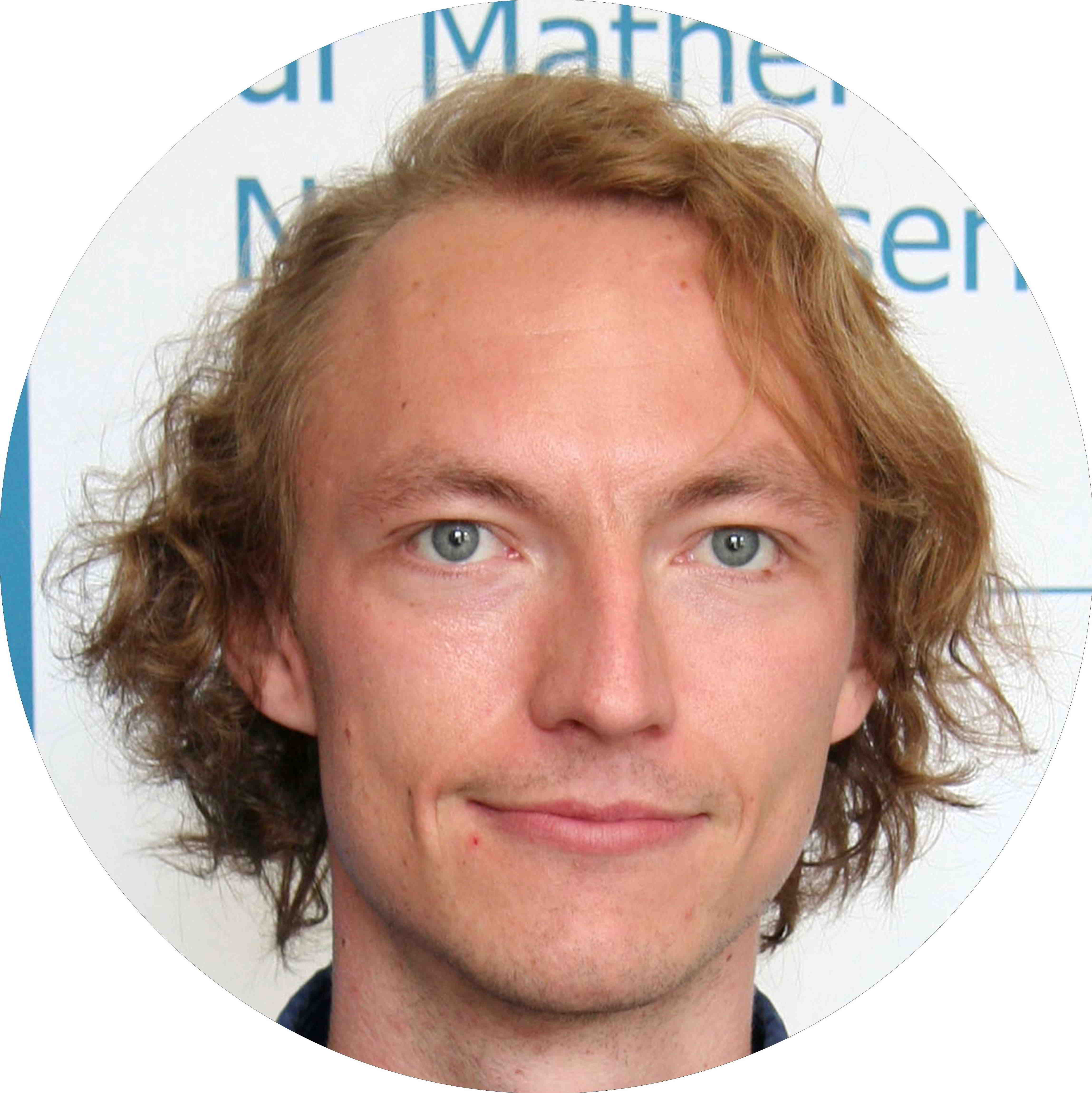
|
PRECURSORS OF COLLAPSES IN ADAPTIVE COMPLEX SYSTEMSLeonhard M. Horstmeyer (Personal webpage)Basic Research Community for Physics, Leipzig, Germany
Complex interactive systems such as the economy, the ecosystem or even societies can collapse. It is of paramount importance to understand these collapses and to study precursor signals that precede them [1]. This makes them a significant field of study in their own right. In this lecture we want to shine light on collapse transitions and their precursors within the class of adaptive network models. These are network models in which the evolution of the nodes and of the network interactions are coupled. Our guiding question will be: How much knowledge of the network interactions is required to anticipate a collapse? We will approach this question by means of two paradigmatic models. The first one is a model of evolution proposed by Jain and Krishna [2]. It exhibits regimes of species diversification, of organization and of abrupt and massive decline of diversity. We will see that cycles play an important role for the stability of the ecosystem and that collapses are preceded by very particular network configurations. We also show some interesting results relating the network topology to the node states [3]. The second model that we discuss is called the adaptive SIS model [4]. It describes the disease propagation in a network that responds by rewiring its links. This rewiring can curtail the propagation quite effectively up to some point. However, it also leads to clustering of the healthy individuals. The consequence is that both the disease outbreaks as well as its eradication are very abrupt. We investigate to which extend the network structure can detect the proximity of these transitions [5].
References:
[1] M. Scheffer, S. R. Carpenter, T. M. Lenton, J. Bascompte, W. Brock, V. Dakos, J. van de Koppel, I. A. van de Leemput, S. A. Levin, E. H. van Nes, M. Pascual, and J. Vandermeer. Anticipating Critical Transitions. Science, 338:344, 2012. |